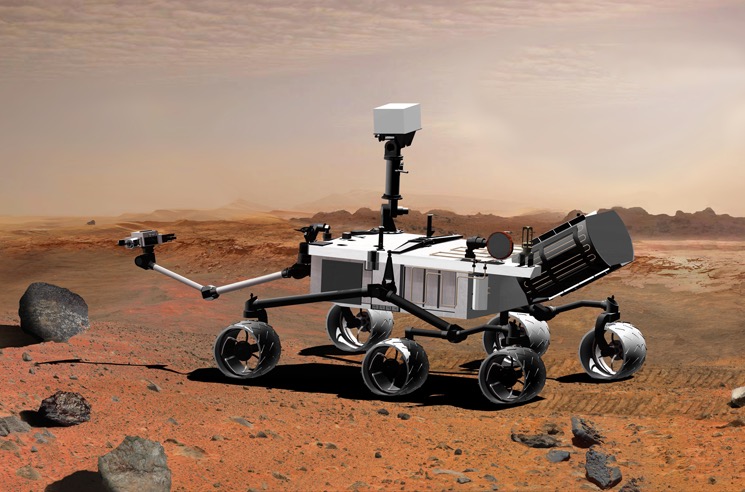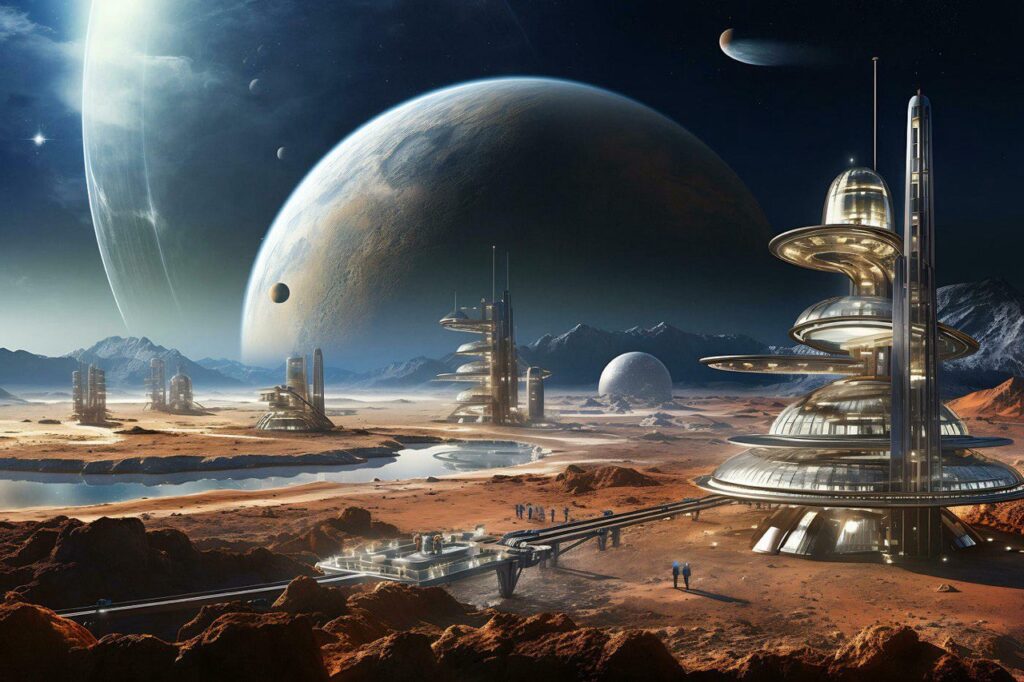By Albert Laurin, Published: May 19th, 2024
Global energy demands through nuclear power advancements, part 4 of 4.
As humanity ventures further into the cosmos, the need for sustainable and powerful energy sources becomes increasingly vital. Fusion energy, long hailed as the holy grail of power generation on Earth, holds immense promise as the next frontier of energy in space exploration. Not only can fusion power spacecraft propulsion systems, reminiscent of those seen in popular science fiction franchises like Star Trek and Star Wars, but it also offers the potential to supply endless energy to colonies on other planets for a multitude of purposes.

Si tu habite sur l’ile de Montréal ou les environs, appelle moi pour vendre votre maison ou si vous aves besoins d’aide dans vos démarches d’acheter une maison.
If you live on the Island of Montreal or in the Greater Montreal area, call me if you want to list your home or need help in your buying process.
Fusion Propulsion: The Key to Interstellar Travel
Fusion propulsion systems utilize the immense energy released from nuclear fusion reactions to propel spacecraft at unprecedented speeds. Unlike traditional chemical rockets, which are limited by fuel constraints and inefficiencies, fusion propulsion offers the possibility of near-light-speed travel, drastically reducing travel times to distant stars and planets. We already use a “uniquely capable source of power is the radioisotope thermoelectric generator (RTG) – essentially a nuclear battery that reliably converts heat into electricity” to power our Mars Rover”. Click the link here to learn more.

Mars Science Laboratory, aka Curiosity, is part of NASA’s Mars Exploration Program, a long-term program of robotic exploration of the Red Planet. It’s powered by the Multi-Mission Radioisotope Thermoelectric Generator (MMRTG).
Photo courtesy of NASA/JPL-Caltech.
Advantages of fusion propulsion include:
– Unlimited Fuel Supply: Fusion reactors can utilize abundant isotopes like deuterium and helium-3, ensuring a virtually limitless fuel supply for long-duration space missions.
– High Efficiency: Fusion reactions release orders of magnitude more energy per unit mass than chemical reactions, allowing spacecraft to achieve higher velocities with less fuel.
– Reduced Travel Times: By harnessing the power of fusion, spacecraft can potentially reach neighboring star systems within human lifetimes, opening up the possibility of interstellar exploration and colonization.
Endless Energy for Planetary Colonies
In addition to powering spacecraft, fusion energy holds immense potential for supplying endless energy to colonies on other planets. Whether establishing bases on the Moon, Mars, or beyond, fusion reactors could serve as the backbone of planetary infrastructure, providing energy for a wide range of purposes, including:
– Heating and Climate Control: Fusion reactors can generate copious amounts of heat, which can be utilized to regulate temperatures in habitats and greenhouse structures on alien worlds, creating habitable environments for human settlers.
– Powering Industrial Processes: From mining operations to manufacturing facilities, fusion energy can drive the machinery and processes necessary for sustained human presence and resource utilization on other planets.
– Water and Atmosphere Production: Fusion reactors could electrolyze water ice deposits on distant moons and asteroids, producing breathable oxygen and hydrogen for life support systems and rocket fuel production.
– Agricultural and Biological Support: Fusion-powered lighting and hydroponic systems can facilitate agricultural production in space, providing fresh food for colonists and supporting ecosystems in extraterrestrial environments.

Fusion: Paving the Way to a New Era of Civilization
In conclusion, fusion energy represents more than just a technological milestone; it symbolizes humanity’s transition into a new era of civilization—one where the boundaries of exploration and discovery are no longer limited by energy constraints. By harnessing the power of the stars themselves, we have the potential to unlock the mysteries of the universe and establish sustainable outposts beyond Earth. Fusion propulsion and endless energy hold the key to humanity’s future among the stars, ushering in a golden age of space exploration and interplanetary colonization. As we embark on this cosmic journey, fusion stands as our guiding light, illuminating the path to a brighter and more prosperous future for generations to come.


